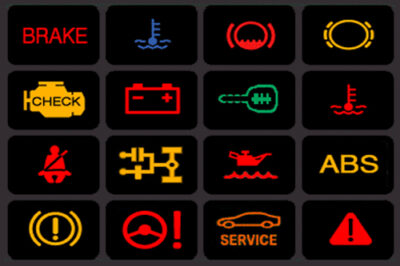The Diagnostic Process
Understanding the diagnostic process of any vehicle (EV, HYBRID, ICE, and PHEV) is crucial for both vehicle owners and technicians. Here’s a breakdown of the steps involved:
1. Initial Inspection
The diagnostic process begins with an initial inspection, where a technician evaluates the vehicle’s overall condition. Key steps include:
- Visual Inspection: The technician checks for any visible signs of wear or damage, such as leaks, worn belts, or frayed wires.
- Gathering Vehicle History: Understanding the vehicle’s maintenance history, previous repairs, and any recurring issues helps to narrow down potential problems. Questions might include:
- When did the issue first occur?
- Have there been any recent repairs or changes?
- What symptoms is the vehicle exhibiting?
2. Running Diagnostic Tests
Once the initial inspection is complete, the technician will run diagnostic tests. This typically involves:
- Connecting Diagnostic Tools: The technician connects an OBD-II scanner to the vehicle’s diagnostic port, which is usually located under the dashboard. This scanner communicates with the vehicle’s onboard computer to retrieve data.
- Performing System Checks: Various systems, such as the engine, transmission, and emissions controls, are tested for functionality. The scanner can perform both active tests and retrieve stored trouble codes (DTCs).
3. Interpreting Results
After running the diagnostic tests, the technician must interpret the results/reports effectively:
- Reading Diagnostic Trouble Codes (DTCs): Each DTC corresponds to a specific issue. Technicians reference a database or code guide to understand what each code means and its potential implications.
- Analyzing Live Data: In addition to DTCs, technicians can view live data from the vehicle’s sensors. This real-time information helps identify irregularities that may not trigger a fault code but could indicate underlying problems.
- Identifying Patterns: Experienced technicians look for patterns in the data and codes, considering possible causes and relationships between different systems.
4. Formulating a Repair Plan
Once the diagnosis is complete, the technician formulates a repair plan based on the findings:
- Prioritizing Issues: Technicians assess which issues are urgent and which can be addressed later, depending on the severity and safety implications.
- Communicating with the Vehicle Owner: Clear communication with the vehicle owner is essential. Technicians should explain the findings, recommended repairs, and any associated costs.
Conclusion of the Diagnostic Process
The diagnostic process is not just about identifying problems; it’s about ensuring that vehicle owners understand their vehicle’s condition and can make informed decisions. Regular diagnostics can catch issues before they escalate, ultimately leading to safer, more reliable vehicle performance.

